Raising chickens is extremely rewarding, but the costs of commercial feed can add up quickly. If you’re raising just a couple of hens for eggs, you may not mind paying the price for quality feed, but trying to feed a large flock can get expensive fast.
Yes, you’ll get eggs and you can sell your eggs to recoup some of the money, but if you’re feeding commercial feed, it’s hard to make the money back when you sell only a carton or two of eggs.
I’ve been raising chickens for over 20 years and have learned a few ways that you can cut costs on feed (or eliminate costs altogether) and keep a healthy and happy flock of chickens. Read on to learn more about cheap chicken feed options for your homestead.
1. Let Your Chickens Free Range
This is my favorite cheap chicken feed option. Our chickens are let out in the mornings and put back into the coop at night. They’ve done this so much that they put themselves up at dusk, and we simply close the coop door after a quick headcount.
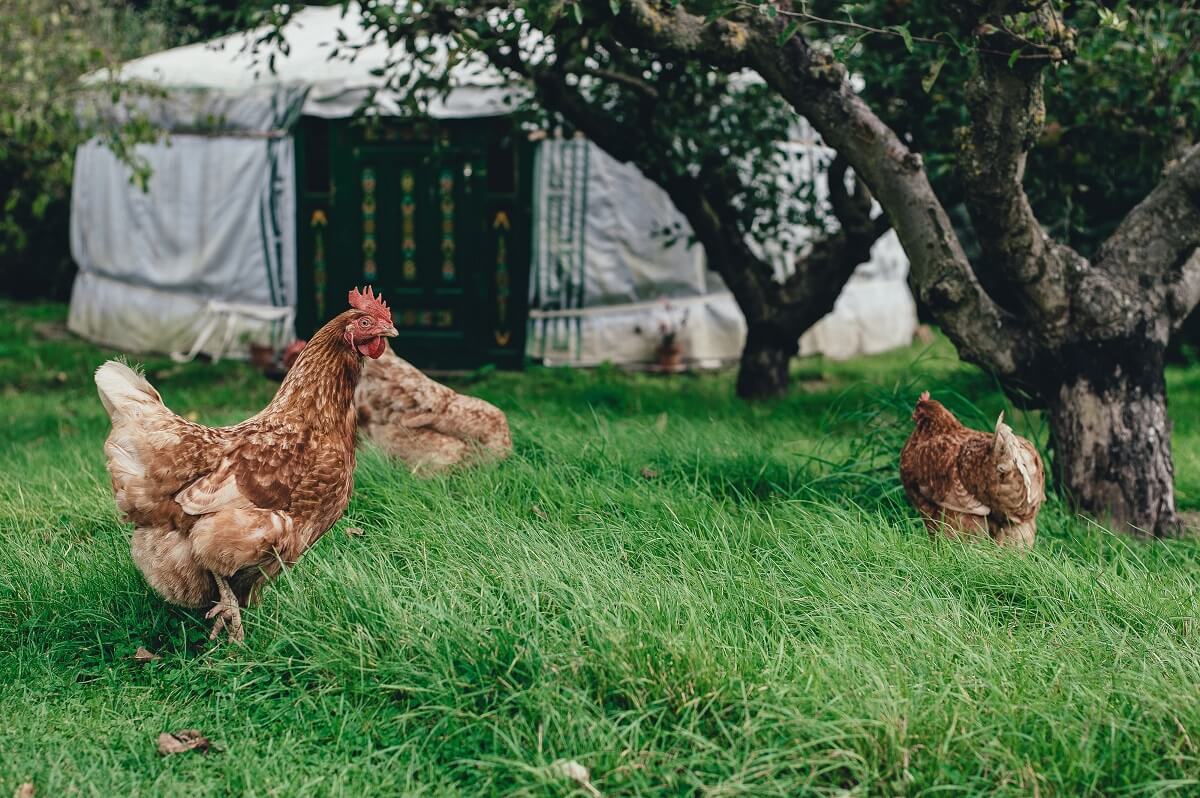
Chickens are omnivores and love nothing better than spending their day foraging for food and scratching around the yard. Chickens that are free ranged will significantly reduce the number of insects in your yard. With enough space, your chickens will keep themselves full without you having to provide them feed.
Related Post: 12 Chicken-Friendly Plants To Grow Next To Coops
Currently, we have 17 chickens that are given the run of our yard — which is about 2 acres. The hens often out lay neighboring hens that are cooped up and fed a commercial feed. It’s also worth mentioning that free-range chickens lay much more nutrient-rich eggs than chickens on feed.
2. Sprouted Seeds Or Fodder
This seems to be a hot topic in the chicken world right now, and for good reason. Grain is expensive and it’s often a staple in chicken diets. You can get more bang for your buck if you take those same seeds and sprout them before feeding them to your chickens.
Grains are seeds — the embryo stage of plants. Seeds are packed with nutrients that are there to feed the infant plant as it sprouts. A seed usually has enough nutrients in it for the plant to sprout and grow for about a week before the seedling needs to start pulling additional nutrients from the environment.
This means that you can sprout seeds and create fodder for your chickens with no input. You can purchase a bag of wheat and put the seeds into shallow trays of water. Expose the trays to sunlight and they will start to sprout. After about a week, you’ll have fodder you can feed your chickens.
Fodder has more nutrients than seeds do. Not only is fodder denser in nutrients, but the nutrients are more easily absorbed by your chickens than they would be from the seeds alone. You’ll also increase the amount of feed. Depending on the type of seed you sprout, you could increase your feed in weight up to 10 times by sprouting seeds.
3. Fermented Seeds
Sprouting seeds can seem like a lot of work and requires a small setup in order to work. If you don’t want to go all out and sprout seeds, you may be interested in fermenting them. Fermented seeds won’t increase the amount of feed you provide in weight, but it does have benefits over feeding grains alone.
To ferment seeds, simply soak them in water overnight. This allows bacteria to start breaking down part of the seeds and open them. When chickens eat fermented seeds, they’re getting good bacteria into their digestive tracts. They’re also getting more nutrients from the seeds since they’ve been partly opened.
4. Deer Corn When It’s In Season
Scratch grains are one of the chickens’ favorite treats. Scratch grains are a mix of seeds and contain a large portion of cracked corn. You may have fed your chickens cracked corn and know that corn can be expensive. The price often changes throughout the year.
If you’re a hunter or you feed your deer, you may have noticed that deer corn is significantly cheaper than corn intended for livestock. Take advantage of that cheaper price tag during deer season. Deer corn isn’t any different than livestock corn. The only difference is the price.
Deer corn is usually around $6 for a 50-pound bag while livestock corn is closer to $9 – $10 for a 50-pound bag. Stock up on deer corn when it’s available and run it through a wood chipper to crack it for your flock. If you don’t have a wood chipper, you can do small batches with a blender or food processor.
5. Kitchen Scraps
Kitchen scraps can be amazing and cheap chicken feed. Yes, there are some things your flock doesn’t need to eat (like raw potato peels) but the truth is, most chickens won’t eat foods that are harmful to them. They’re pretty smart about staying away from toxic foods.

If you give them table scraps, they’ll scratch through, get all of the good stuff, and leave the bad stuff alone. Leafy greens, vegetables, and fruit scraps are gobbled up by hens and roosters alike.
Related Post: 17 Treats for Chickens
Some people prefer to stay away from giving their flocks meat. If you have dogs or cats, you can give the meat to them instead. Don’t forget though, that chickens are omnivores and need protein from animal or insect sources.
6. Leftover Eggs
If you have a large flock of chickens, you may find yourself with more eggs than you know what to do with. Don’t throw them out. Eggs can work well as cheap chicken feed if you prep them properly for your chickens. It may seem strange to feed eggs to chickens, but the entire egg is full of nutrients that your chickens need.

Don’t feed chickens raw eggs since this can lead to egg-eating. Instead, cook the eggs first. Crack them and scramble, or dehydrate them before feeding to your chickens. Don’t toss the shells either. Eggshells are full of calcium that laying hens need. Crush the shells and watch as your hens eagerly gobble up this calcium-filled feed.
7. Sunflower Seeds
Sunflower seeds can be found in some premium chicken scratch blends. Chickens love sunflower seeds. They are full of nutrients that chickens need and a cheap chicken feed option, too. You can also experiment with growing sunflowers on the border of your chicken coop. Sunflowers will provide your chickens with entertainment and food as they try to reach the flowers and their seeds.

Sunflowers can also double as a pretty landscaping feature around the coop. If you don’t have a green thumb, you can purchase large bags of sunflower seeds where you would find bird-feeding supplies. Make sure you grab a bag of oiled sunflower seeds, and then add them to your chickens’ scratch grains as a cheap chicken feed supplement.
8. Bugs And Grubs
A chicken’s natural diet consists of a large portion of insects and larvae. It may seem gross to us, but chickens will go crazy over grasshoppers, beetles, ticks, worms, and other crawling insects. So one option is to raise mealworms or earthworms to feed them. Mealworms are a popular chicken treat, but they can be expensive to buy in the store. Raise them at home to make a cheap chicken feed and have a steady supply.
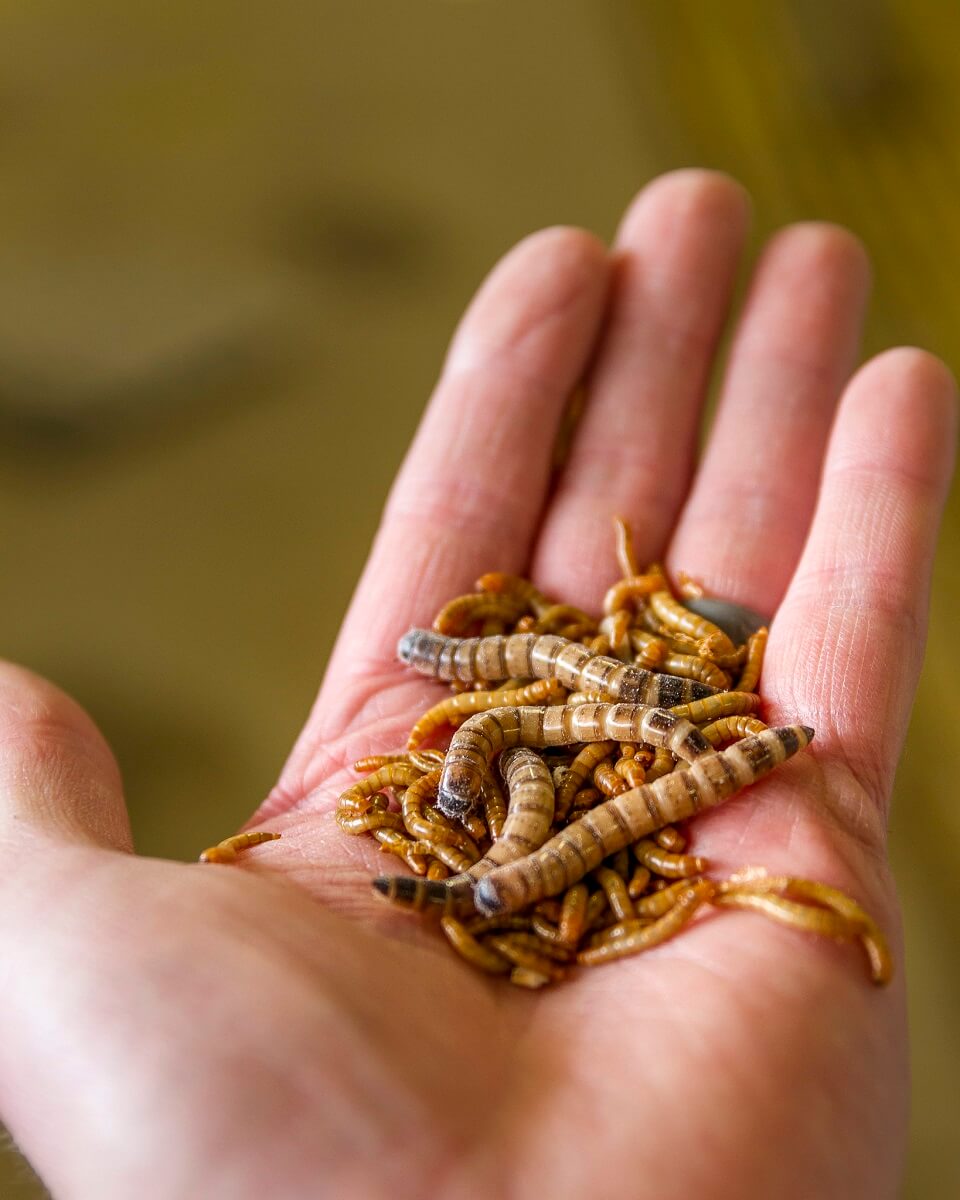
Earthworms can also be raised in a composter. Vermicomposting (composting with worms) can provide a supply of worms for your chickens and rich soil for your garden.
Related Post: Worm Bin Essentials: Getting Started With Vermiculture
If raising worms doesn’t sound like you, create a trap for insects in your coop. A board on the ground in the coop will attract insects. Leave the board for a couple of weeks and then flip it over. Beetles, worms, and other bugs will go scattering, and create a small feast for your flock.
9. Allow Them To Graze The Compost Pile
If you have a compost pile, you’ve probably noticed it’s laden with insects. Allow your chickens access to your compost pile, especially when you’re turning it. They will scratch through it to get at the insects. They may also find the occasional seed or food scrap. Chickens that have regular access to the compost pile can help keep it churned.
10. Homegrown Chicken Food
For those of you that garden, consider growing a little extra for your chickens. Swiss chard and kale are extremely cheap to both plant and grow, and they make excellent additions to your chickens’ diet. You can also try your hand at growing grain crops for your chickens. Sorghum, amaranth, and wheat are easy to grow grains that your chickens will go crazy over.
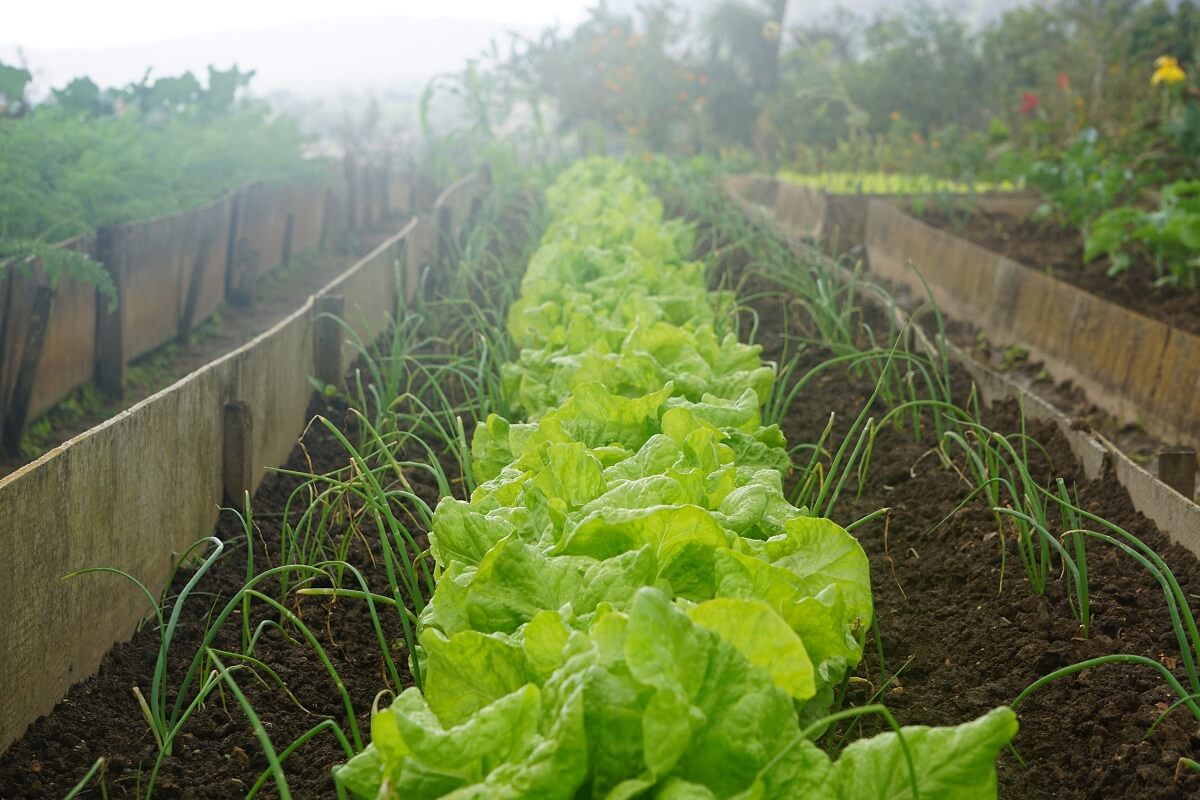
You’ll find information all over the place about what should and shouldn’t be fed to chickens. Sometimes, this information can be overwhelming. Rest assured that your chickens will likely avoid foods they shouldn’t consume and be glad of any supplements to their diet that you can provide them.
One of the biggest costs of raising chickens is feeding. Avoid the high price tag of commercial feed by providing your flock with some (or all!) of the cheap chicken feed options on this list.


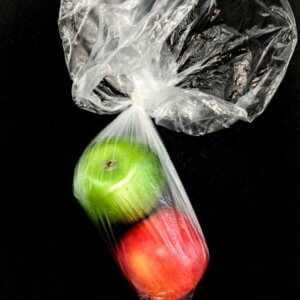
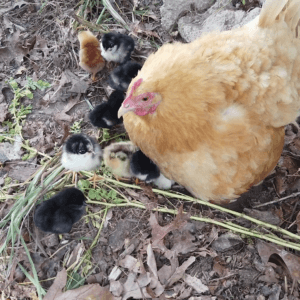


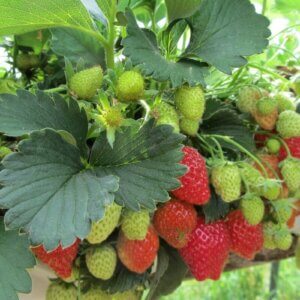


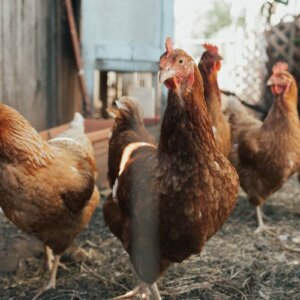
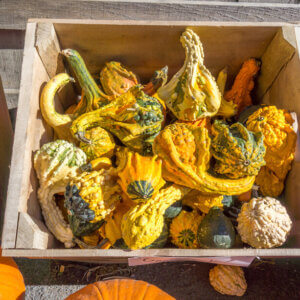






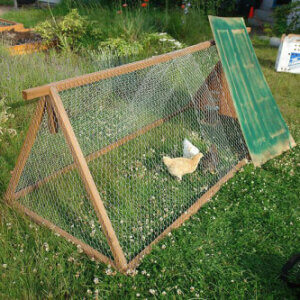
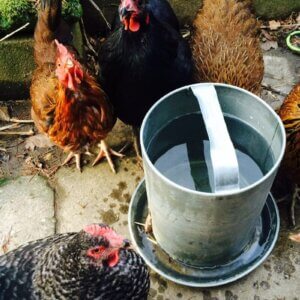






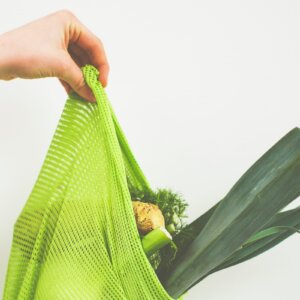




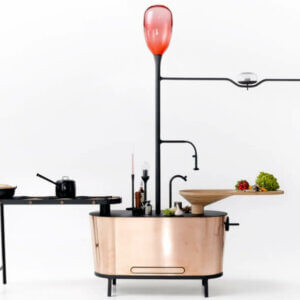








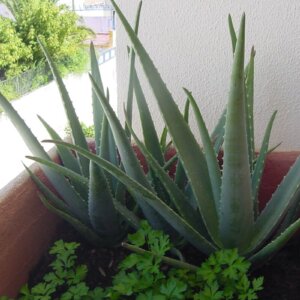


Thanks
Awesome post! Very helpful !!!
Also with all of this being said. How much do you feed to the chickens a day! We have 15 layers . How much fodder? Reg. Grains ? That is the most difficult for me . I have lots a good grains but not sure how much???
THANKYOU
we have 30 chickens. we feed them 8 cups of grain per day. the feeder is near empty or empty every afternoon. if I find feed on the ground I cut back on the feed that day. the next day it will all be gone. on Saturday and Sunday we don’t feed any feed at all. We let them out to free range in the yard. There is usually some feed left in the duck and turkey coops. The chickens make sure there is no feed wasted between all the coops. We feed all table scraps to the birds. They will peck clean all the bones left over from what ever bird we cook. Grab bread and run for their lives because a turkey or duck is usually chasing them. It does save some money, which is helpful when cash is low. Backyard birds are a lot of fun.
Wow, I hope this will be helpful for my starting raising chickens, thanks for the ideas experienced.
Here’s my questions : 1. – I do have ducks, I would like to know if ducks and chickens can be let move together and separate them in evening when goes to sleep? 2. – I need to start with a number of 50 hens, in this feeding procedure you have provided us, how many cups of corns for exemple do I have to feed them per day?
Please not your ideas are smarters.
Our ducks and chickens have always been together day and night, free range and inside cage. They get along great. 😇
I had an earwig infestation in my back yyarda few years ago, now I know exactly what to do!
Thank you for the helpful article! When you say your 17 chickens on 2 acres often out lay your neighbor’s chickens, do you mean they do that without you giving them feed? In your experience, how much feed do you save due to your free-range setup?
Thank you for this article, it was very helpful. I’ve had chickens for three years but still learned from your article. I’ve just gotten new chicks and will use some of the information on them. Thanks again, Patsy
this article was extremely informative